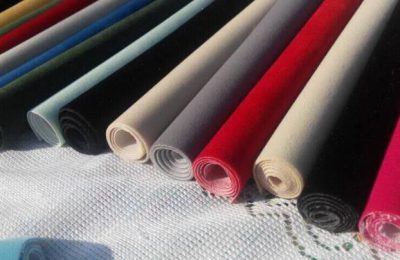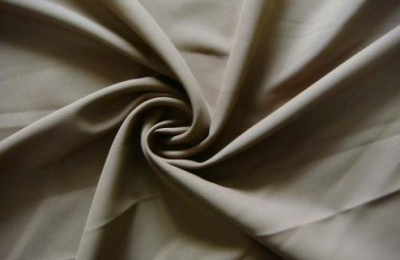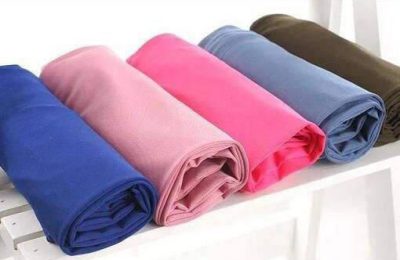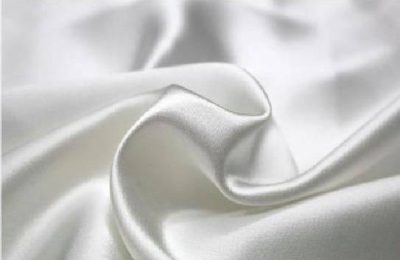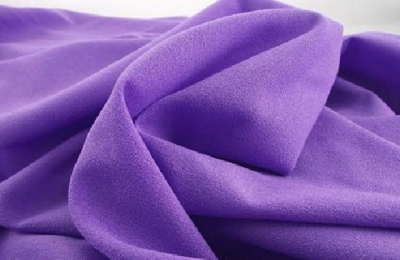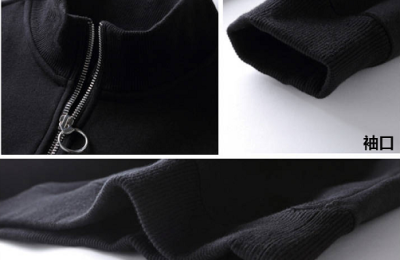PTFE protective clothing filter material is a flexible and elastic material. It has high porosity, very uniform pore size distribution, good air permeability, and can be used repeatedly.
PTFE protective clothing filter materials are usually made of composite materials, such as polyester or polypropylene spun-laid non-woven fabrics and breathable microporous films or other non-woven fabrics, or spunlaced non-woven fabrics and breathable non-woven fabrics. Microporous film composite, or wood paddle composite spunlace nonwoven fabric.
Polyethylene flash spinning nonwovens and spunbond/meltblown/spunbond (SMS) or spunbond/meltblown/meltblown/spunbond (SMMS) composite nonwovens and microporous films are currently widely used , and has been functionally finished with “three repellents and one resistance” (water repellent, blood repellent, alcohol repellent, and antistatic).
The current average daily output of protective clothing in my country has exceeded 1.5 million sets. In theory, meeting the needs of the international market is not a big problem.
However, these protective clothing are produced according to different quality standard systems in China, the United States, the European Union, and Japan, and do not fully match the relevant requirements of the importing countries and regions.
Recently, the Ministry of Commerce, the General Administration of Customs, the State Food and Drug Administration and other departments have issued regulations requiring that domestic production of five categories of products such as testing reagents for export must obtain the qualifications of my country’s food and drug administration department and comply with the requirements of the importing country and region. Quality standard requirements.
</p



